As we wrapped up the first year of homeschooling, I found myself increasingly concerned about the possibility of summer learning ... read more
America’s Melting Pot: Creating New Food Through Mixing Cultures
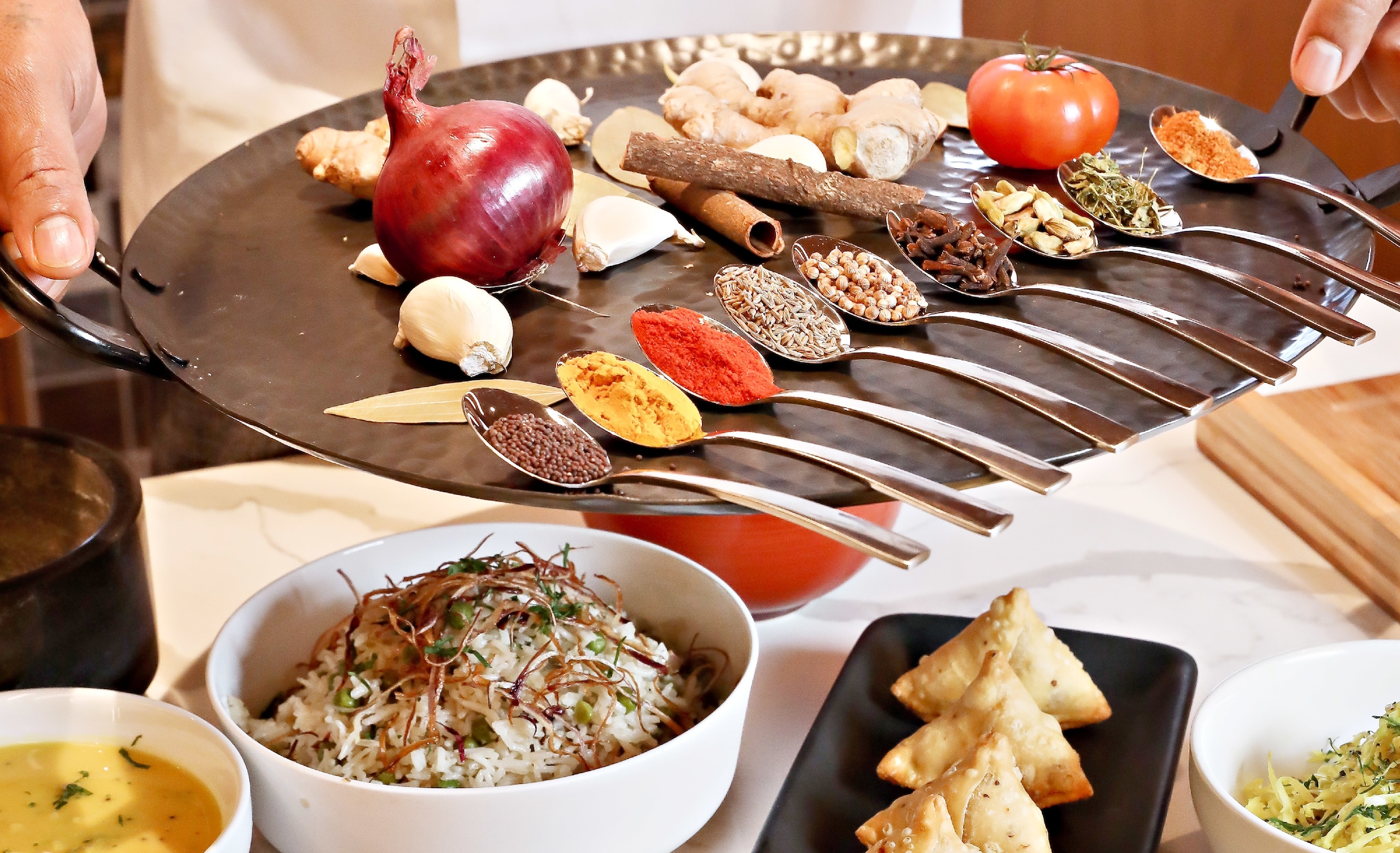
There’s a good chance you’ve heard the term “melting pot” used to describe America’s varied mix of cultures. The phrase brings to mind images of cooking, of delicious new flavors and culinary creations— different history, food, and cultures are tightly intertwined in almost any meal you can think of, after all! But this combination of cultures doesn’t just happen out of nowhere— it takes generations of shared knowledge and openness to try something new. Today, we’re exploring how centuries of traveling and mixing cultures have transformed the United States into an undeniably delicious melting pot of flavors. Let’s get started!
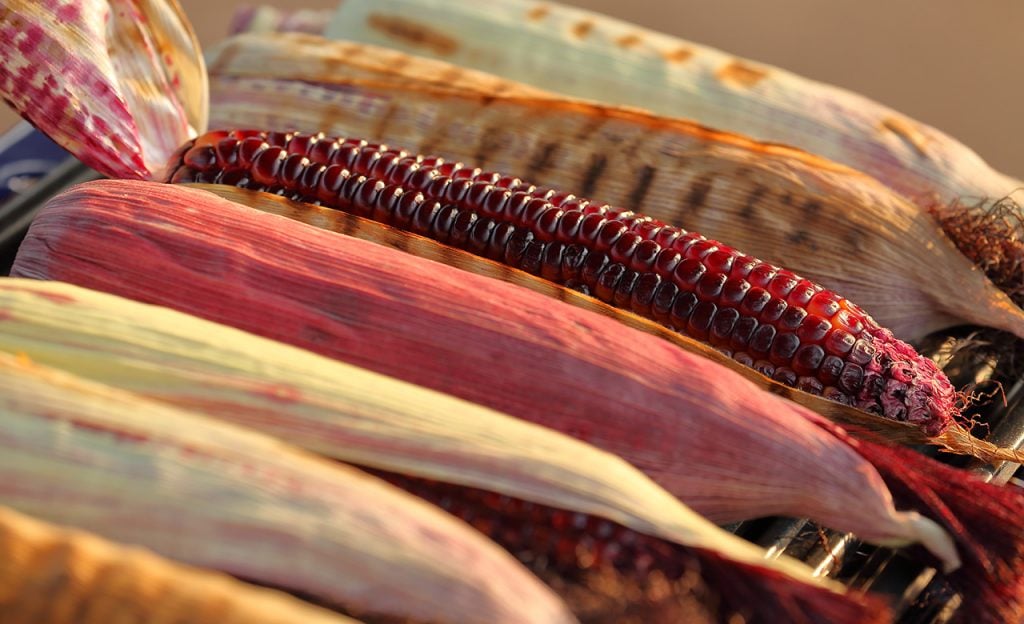
Indigenous Roots
Long before Europeans set foot on America’s shores, the indigenous peoples of the Americas created food traditions that reflected their deep connection to the land. Though a tribe’s diet mostly depended on what was immediately available in their surroundings, indigenous diets were generally all about using what Mother Nature provided— corn, beans, squash, pumpkins, tomatoes, peppers, peanuts, and game meat were everyday culinary staples for these early residents.
Corn, beans, and squash are even known as “The Three Sisters” to some tribes, symbolizing the beautiful interconnectedness of life and the importance of helping one another grow! Planting of The Three Sisters was often accompanied by cultural rituals and ceremonies that honored the earth and its abundance. These practices and crops laid the groundwork for America’s current tasty culinary landscape!
The Columbian Exchange
Unless you’re of Native American descent in the United States, your family came from somewhere else, an
You may already know that way back in 1492, Christopher Columbus sailed the ocean blue. You may also know that he set out to find a new way to reach what they called “The East Indies”— countries like India, China, and Japan that held the tempting promise of new inventions, food, culture, and trade opportunities. Long story short, Columbus reached the Americas instead, landing on a small island in the Bahamas that he named “San Salvador” (its original indigenous name is “Guanahani”).
Columbus’ “discovery” kickstarted an era of unprecedented globalization and transoceanic journeys that we now know as “The Columbian Exchange.” The New World held vast expanses of land where Europeans could plant crops from home that the Americas had never seen before, including citrus fruits like oranges and lemons, bananas, almonds, wheat, rice, apples, and more. These European settlers are also responsible for bringing livestock like cows, sheep, pigs, and horses to the Americas, forever changing its ecological and agricultural landscape. But the exchange didn’t only go one way! Europeans like Columbus returned home with new types of food that hadn’t been used there before, many of which— like tomatoes, corn, hot peppers, beans, potatoes, and more— have become staples in today’s most popular European dishes.
Waves of Immigration
The waves of immigration that swept through America during the 19th and 20th centuries forever changed the country’s cultural makeup, marking the beginning of a transformative era in food history! Chinese immigrants, drawn to the promise of a better life in America, brought the culinary delights and hospitality of their homeland here in the mid to late 19th century. Though the Chinese food we know today is an Americanized version of more traditional dishes, these delicious contributions to a thriving culture of food can’t be overstated. The acquisition of Mexican territories in 1848, in addition to a steady flow of immigrants coming from south of the border, also brought a fusion of flavors to the American Southwest, with dishes like tacos and fajitas becoming much-loved staples of the area’s cuisine.
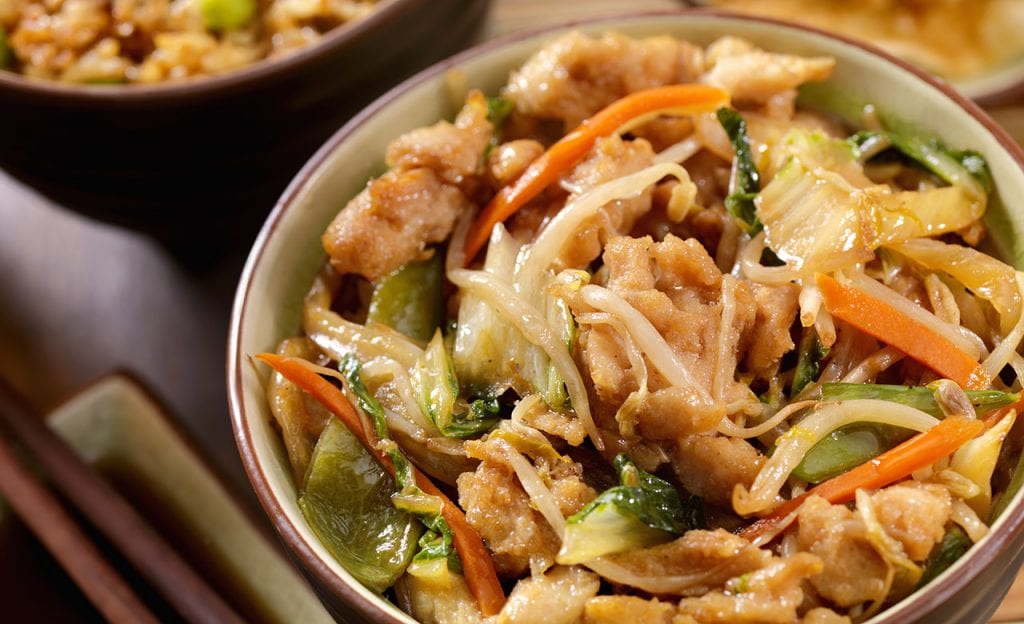
New York City famously welcomed many immigrants through Ellis Island; Jewish immigrants from all over Europe brought the beloved bagel to these lands, as well as pastrami and seltzer. When migrants from Italy arrived, they discovered that they had much easier access to meat in America and added classics like meatballs and chicken parmigiana to Italian-American cuisine. African and French influences in cities like New Orleans had a major impact on creole cooking, giving us tasty dishes like gumbo and jambalaya!
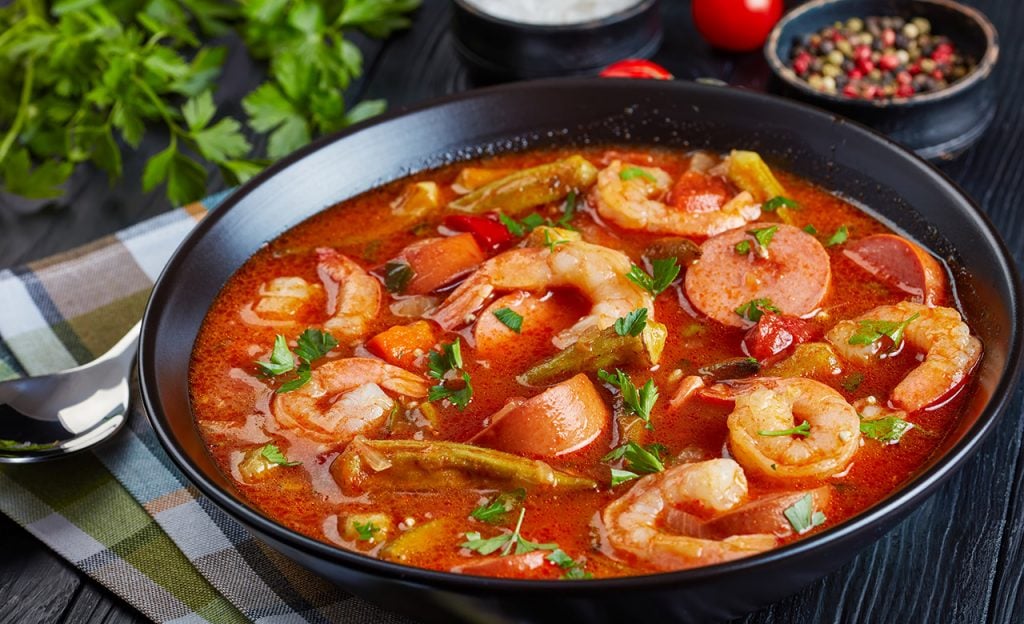
Immigrants hailing from Germany came to the Midwest in the 19th century, bringing sauerkraut, which of course can be found on top of their most famous American food contribution: hot dogs! Or, as they call them in Deutschland, “frankfurters.”
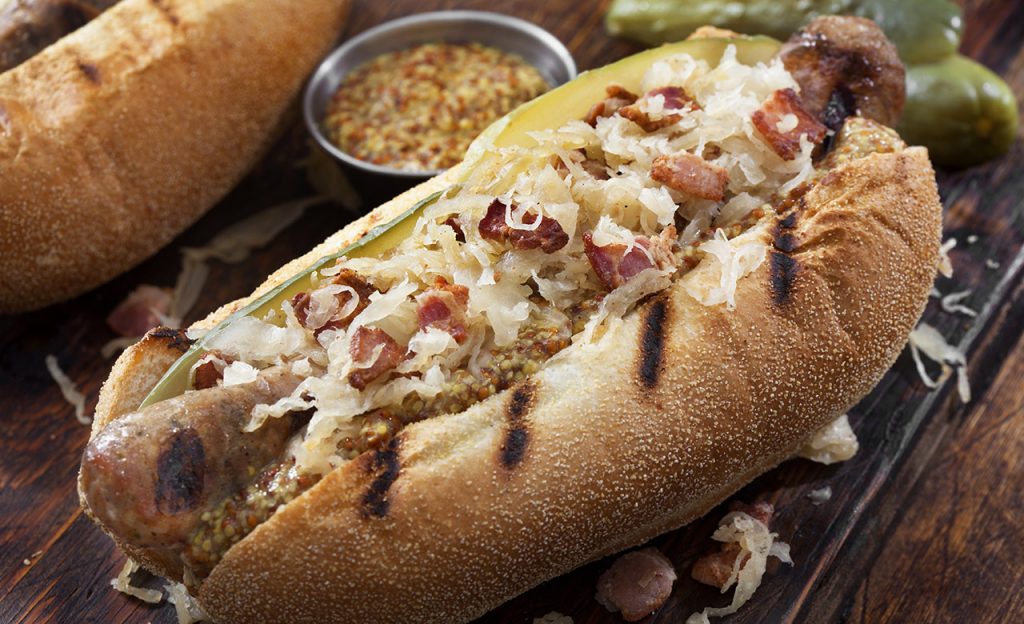
Modern Fusion
America, of course, is far from the only place newcomers, immigrants, and travelers have made a significant impact on food. In the British Isles, populations from India and Jamaica have brought delicious spicy dishes to what was historically considered a fairly bland cuisine. Plenty of international foodie favorites have also formed around ingredients that originated in North America—whether it’s potatoes in Ireland or spicy peppers in Indonesia.
Carnival Onboard Restaurant Options
If you’re looking for foodie fusion, a Carnival cruise vacation is the perfect way to find it. Check out the following Carnival onboard restaurants that are constantly serving up a variety of flavors from around the world:
Emeril’s Bistros at Sea
Emeril’s three restaurants at sea— Emeril’s Bistro 1396 (the original, on Mardi Gras), Emeril’s Bistro 1397 (the worldly one, on Carnival Celebration) and Emeril’s Bistro 717 (the seafood specialist, on Carnival Jubilee) — are well-known for delicious authentic Creole cuisine and southern flavors, specially curated for you by Emeril himself. Bam!
BlueIguana Cantina
Did someone order flavors from south of the border? Enjoy the fresh taste of Mexican cuisine at BlueIguana Cantina, your onboard stop for fresh tacos, burritos, salsa, drinks and more!
Street Eats
Street Eats is your spot for diving into some of the world’s best flavors, in a layout that pays homage to tasty food trucks, stalls and carts everywhere. Try out some steamy bao buns and potstickers at Steam Dream, get your kabob on at Mad Sizzle or load up some fries at Time Tries— you can’t go wrong!
Wrapping Up
When it comes to modern cuisine, fusion is the name of the game— there’s just nothing better than mixing and matching flavors from all over the globe! So, next time you dig into something tasty, think about taking a quick moment to appreciate the beautiful melting pot of cultures that made it possible.
Hungry for more? Click here to learn more about a few American cities that are emerging as worldwide culinary capitals.
Book a Cruise

